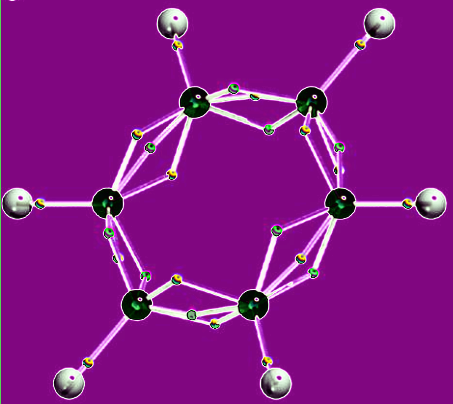Physics prize for electron studies
 The Nobel Prize in Physics has been awarded for a breakthrough in electron dynamics.
The Nobel Prize in Physics has been awarded for a breakthrough in electron dynamics.
This year’s award has been bestowed upon three scientists: Pierre Agostini from The Ohio State University, Ferenc Krausz from the Max Planck Institute of Quantum Optics and Ludwig-Maximilians-Universität München, and Anne L’Huillier from Lund University, Sweden.
The laureates have been recognised for their pioneering work in experimental techniques that generate attosecond pulses of light, allowing for the investigation of rapid electron processes.
These attosecond pulses of light, so astonishingly brief that they are measured in a billionth of a billionth of a second, provide a unique tool for scrutinising electron behaviours within atoms and molecules.
The Nobel Committee for Physics hailed their achievements as a gateway to a hitherto unseen realm of electron dynamics.
Typically, fast-moving events blend together when perceived by humans, like frames in a film appearing as continuous motion.
To delve into such fleeting occurrences, specialised technology is required. In the subatomic world of electrons, changes happen in just a fraction of an attosecond, an almost unimaginably brief time frame.
Anne L’Huillier, in 1987, made a pivotal discovery when she transmitted infrared laser light through a noble gas, leading to the emergence of diverse light overtones.
These overtones, or light waves with specific cycle counts for each laser cycle, were produced as the laser interacted with gas atoms, imparting extra energy to electrons, which was then emitted as light. L’Huillier's work laid the foundation for subsequent breakthroughs.
In 2001, Pierre Agostini demonstrated a groundbreaking experiment in which consecutive light pulses, each lasting just 250 attoseconds, were created and investigated.
In parallel, Ferenc Krausz pursued a different approach, isolating a single light pulse lasting 650 attoseconds.
These experiments, collectively, enabled the study of previously unobservable rapid processes.
“We can now open the door to the world of electrons. Attosecond physics gives us the opportunity to understand mechanisms that are governed by electrons. The next step will be utilising them,” says Eva Olsson, Chair of the Nobel Committee for Physics.
The applications of attosecond pulses cover a diverse range of fields.
In electronics, understanding and controlling electron behaviour in materials is crucial. Furthermore, attosecond pulses hold potential in medical diagnostics, enabling the identification of various molecules.
More details are available in this PDF.








 Print
Print